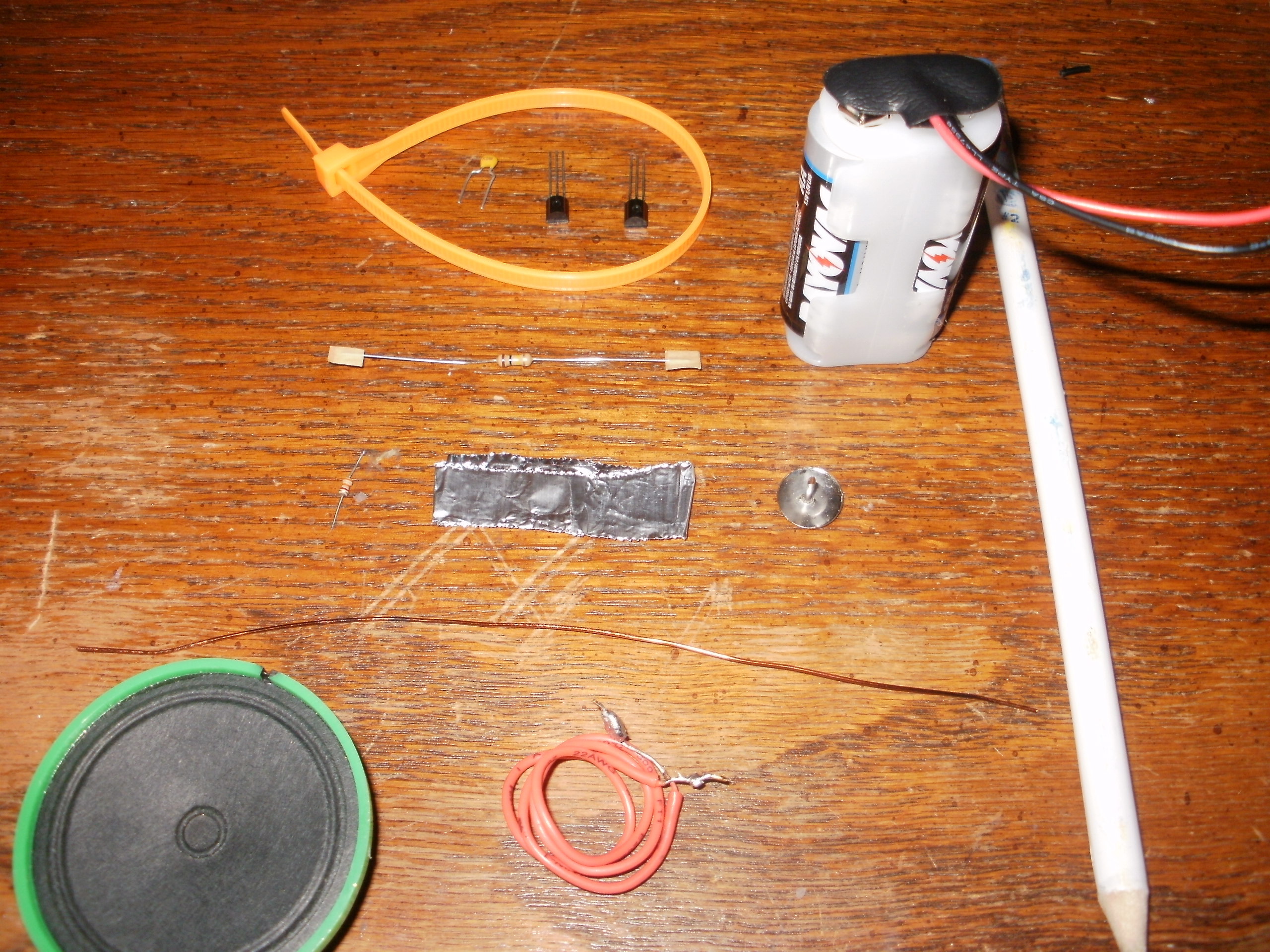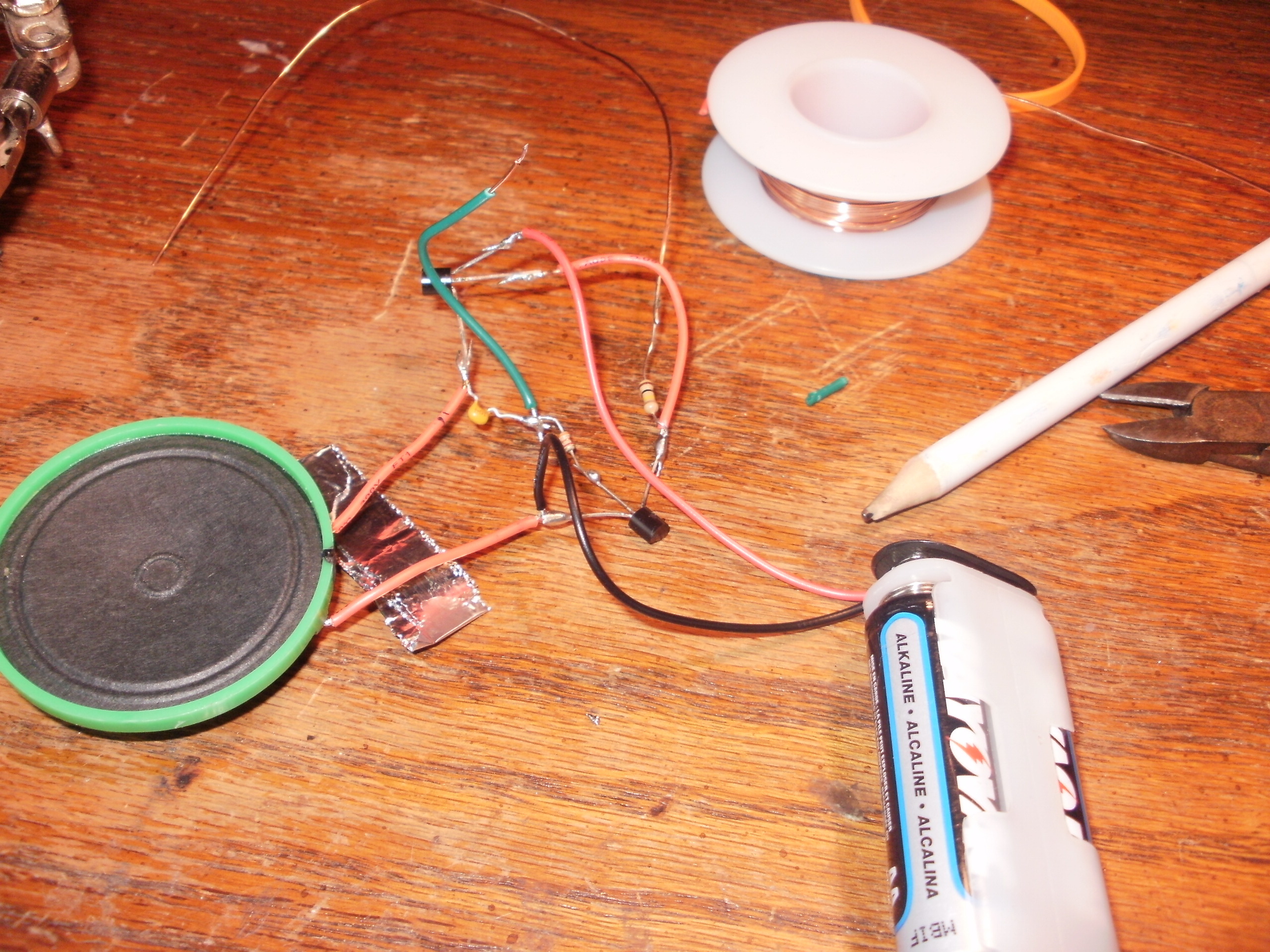These instructions will teach anyone that reads these how to make a drawdio with spare parts. It will cost $0-10 to make this little noisemaker. All of the parts can be obtained at RadioShack or any old electronics.
Projects from Make: Magazine
$10 Drawdio
This is a simple little drawdio that uses parts that come from your parts bin. It costs very little to buy the parts or $0 with some scrounging. A drawdio is a musical pencil that draws music and your body is like a wire!

















